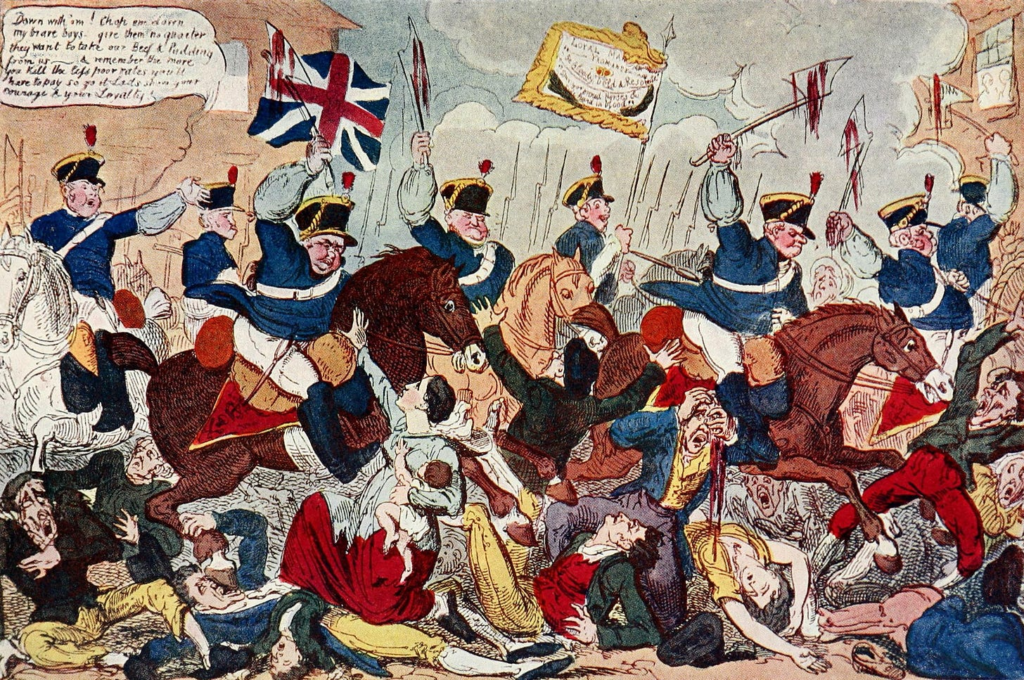The distinction that reading 4.3 makes between owners and employees is that owners are the ones who own the wealth of society and employees are those who must work for a living. The wealthy families and individuals who compose the owning class live mostly off investments, which include stocks, bonds, rents, mineral royalties, and other property income. They are part of the owning class because they earn money from things they own rather than working. Employees, on the other hand, are people who need to work for their income. They rely on wages, salaries, and fees for their living. Owners often have more control over businesses and resources, allowing them to influence important decisions. They can grow their wealth over time without having to rely on constant labor. Employees have less control over their workplaces. They depend on their jobs for financial stability and are often at risk of losing their income if their job is cut or the company faces difficulties. This shows how ownership of wealth leads to greater influence and security, white employees often have to deal with more uncertainty in their financial lives.
Labor is what gives value to all goods and products. It means people’s work to create something is the true measure of its worth. While we use money to buy things, the price in money is just a way to make trading easier. The actual value of an item comes from the amount of labor needed to produce it, not from the money we pay for it. Labor is called the “real price” because it involves the effort, time, and skill people use to make something. Money, on the other hand is the “nominal price,” or just a label that represents value but doesn’t show the true worth. This highlights that everything in the economy ultimately depends on the work people do. Even though we see prices in money, its really the labor behind the goods that makes them valuable. Without labor there would be no products to buy or sell.
In my view, class is not an identity, but rather a position based on wealth and resources. Class refers to whether someone is rich, poor, or somewhere in between and is often identified by income, job, education, or ownership of assets. However, it doesn’t define who someone truly is. Identity is about personal experiences, beliefs, values, and cultural things that make us unique as individuals. Reducing someone to their class ignores their individuality and personality, and it overlooks the factors that shape a person’s identity.
The phrase “class structures are built around a close form of dependency” means that the different social classes rely on each other in specific ways to maintain the overall system. In a class-based society, the wealthy or owning class depends on the labor and work of the lower classes to generate their wealth. While the working class depends on the owning class for jobs, wages, and the means to survive. An example of this can be seen in large corporations. The owners and executives rely on workers to run daily operations, produce goods, and deliver services that make the company profitable. Without employees doing this work, owners wouldn’t be able to generate wealth. Employees depend on these companies to provide them with jobs and income, which they need to support themselves and their families. The workers are tied to the company for their financial wellbeing, while owners are tied to the workers for maintaining and growing their wealth. This mutual dependency helps keep the class structure in place, with each group relying on the other in different ways, though often unequally.
